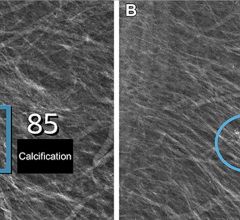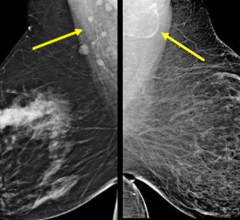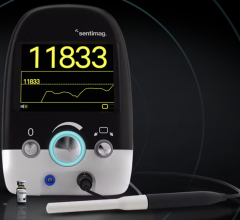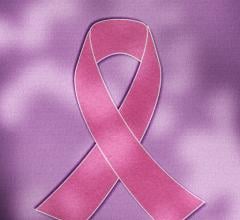May 18, 2007 - The "small but significant decline" in mammogram rates reported among women ages 40 and older from 2000 to 2005 is "disturbing" because it means that an increasing number of women will "fail" to receive the early detection that raises their chances of breast cancer survival, a New York Times editorial says (New York Times, 5/15).
According to a study to be published in the June 15 issue of the journal Cancer, the proportion of U.S. women age 40 and older who said they have undergone a mammogram in the previous two years declined from 70 percent to 66 percent from 2000 to 2005. The study, conducted by researchers from the National Cancer Institute and CDC, showed that the rate of mammograms plateaued in 2000, began to decline in 2003 and continued to decrease through 2005, the final year of the study. A 6.8% decline in the rate among women ages 50 to 64 was the largest of any age group (Kaiser Daily Women's Health Policy Report, 5/14).
If women are making "reasoned decisions that mammograms are not needed in their personal circumstances, the failure to get screened is of little concern," according to the Times. However, women who skip mammograms because of the "cost, inconvenience or simple inattention" risk not knowing breast cancer is developing until treatment might be "harder and the risk of death higher," the editorial says. The Times concludes that doctors and health promotion campaigns "need to ramp up their reminders of the value" of routine breast cancer screening and that health coverage for the mammograms "should be extended" to uninsured women (New York Times, 5/15).
Reprinted from http://www.kaisernetwork.org.


 July 29, 2024
July 29, 2024 








